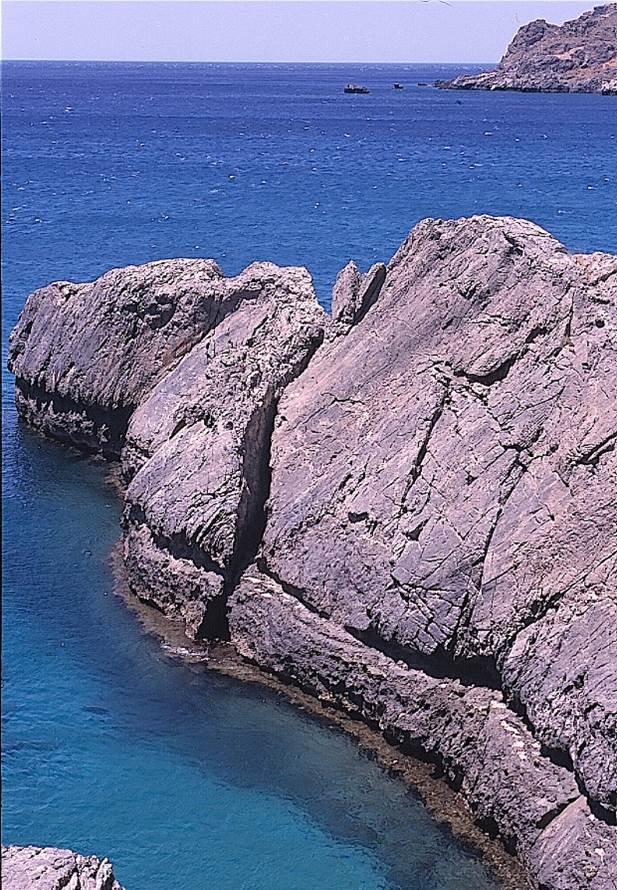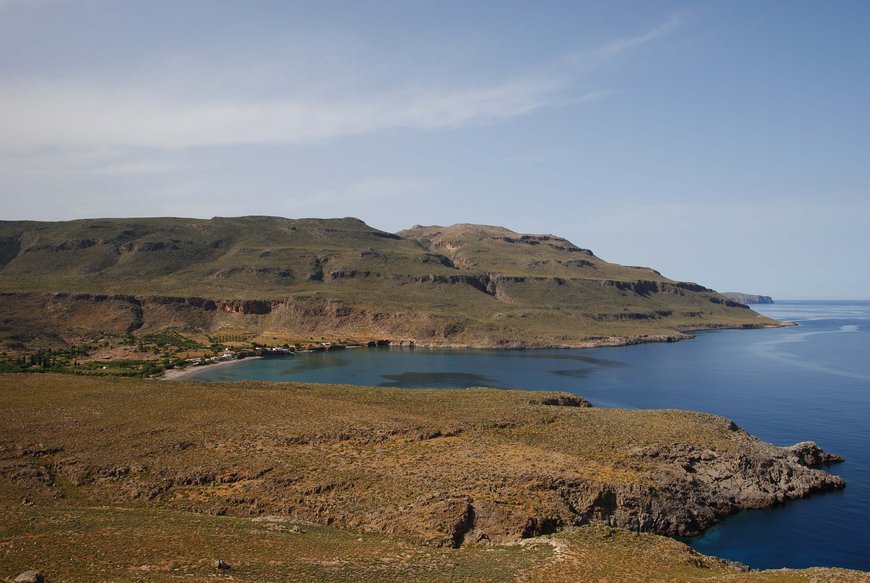CRETANQUAKE - Temporal and spatial distribution of uplift along the forearc of the segmented Hellenic subduction margin
Large magnitude (M>7.5) earthquakes often occur along subduction margins and mostly affect regions situated within the forearc of a convergent system. Globally, forearcs are often exposed sub-aerially and are centres of intense human activity (e.g. Indonesia, Caribbean, Japan, Greece, Chile, New Zealand). For many subduction systems we do not know when or where future mega-events will strike. A means of mitigating this potential hazard is by better understanding the patterns of spatial and temporal forearc deformation, over timescales that range from individual earthquakes to millions of years.
We aim to study a section of a forearc in eastern Mediterranean that spans a segmented subduction margin and quantify the vertical crustal deformation that has been accrued over timescales that range from individual earthquakes to tens of thousands of years. Specifically, we aim to explore the relations between arc geometry, coseismic slip and thousand-year old uplift patterns in Crete along the forearc of the Hellenic margin. In doing this, we will define earthquake rupture segments, constrain average earthquake recurrence interval and magnitudes and test the persistence of segment boundaries through time. Finally we attempt to quantify the seismic (whether by slip on the plate interface or along crustal faults) versus the aseisismic forearc deformation over various time intervals.
In order to address these primary research objectives a number of individual tasks need to be tackled, including:
- Defining the spatial and temporal distribution of uplift on Crete.
- Dating the uplifted landscape surfaces (e.g. marine terraces) and evaluating the rates of uplift over time intervals of thousands to hundreds of thousands of years.
- Quantifying the components of seismic vs. aseismic uplift.
- Examining the relations between earthquake-rupture segmentation, geometry of the plate interface and geometry of the forearc.
- Testing whether (and why) mega-thrust earthquakes rupture the western and eastern subduction segments with complementary slip patterns.
To address the above tasks we aim to capitalise on the widespread occurrence of elevated marine terraces along the western, southern and eastern coastlines of Crete. Marine terraces are excellent archives of vertical movement, either seismic or aseismic, in conjunction with sea level changes.
PIs: Vasiliki Mouslopoulou (sec 4.1), Onno Oncken (sec 4.1)
Partner: Technical University of Crete, Greece and GNS Science, New Zealand




